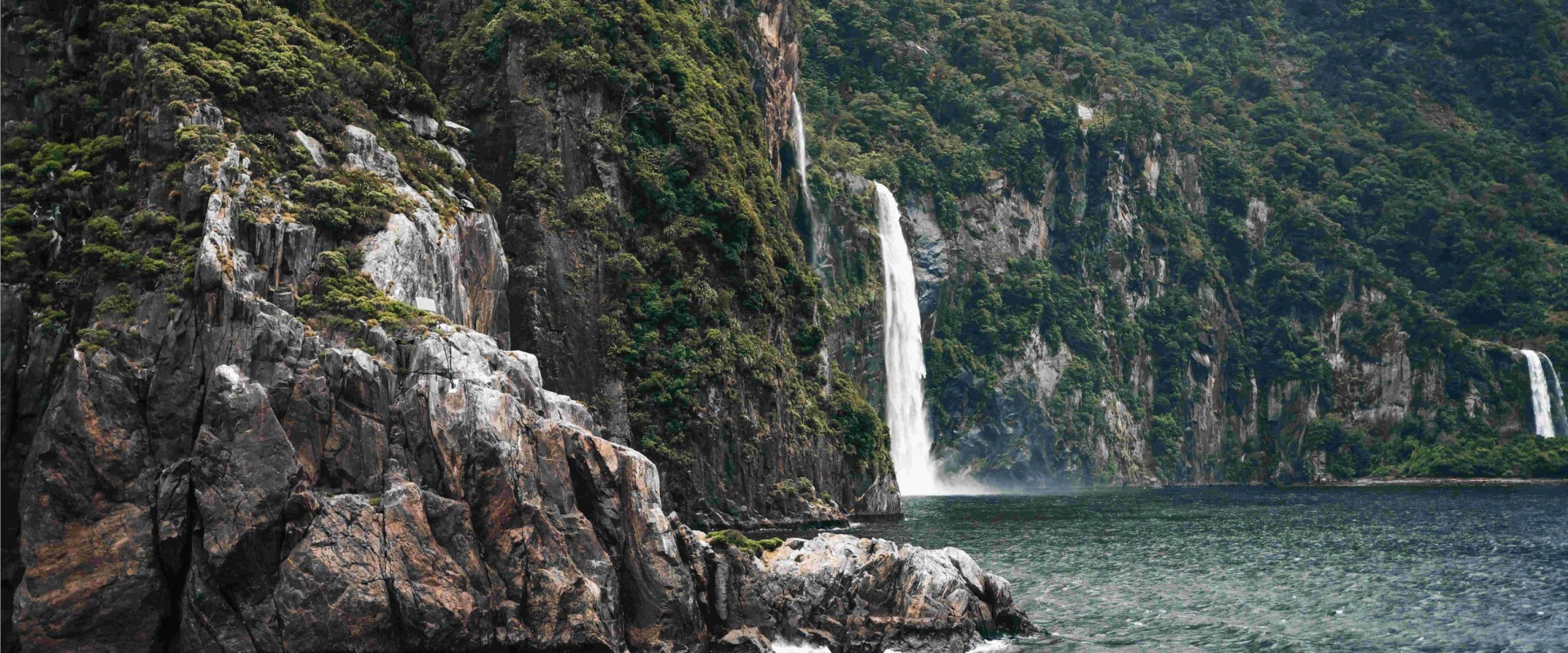How was Piopiotahi / Milford Sound formed?
Piopiotahi / Milford Sound was formed over millions of years through a process of glaciation.
Rivers of ice thousands of metres wide once descended from the Southern Alps, carving a path to the sea. When the Earth eventually warmed, the glaciers melted and slowly disappeared. In their place, they left behind deep valleys, which became fiords. Left behind also are the sheer cliffs, hanging valleys and spectacular waterfalls for all to see on a memorable Piopiotahi / Milford Sound sightseeing cruise.
Icebergs would have calved from floating ice cliffs where they meet the surging sea. When the glacial ice began to recede back up the fiords the glaciers left huge terminal moraine deposits, called "sills", at the entrances to the fiords.
On the east side of Fiordland, the glacier tongues carved out huge trenches where the lakes Te Anau, Manapouri, Hauroko, Monowai, Poteriteri, and Hakapoua now reside. They show an amazing symmetry with the fiords on the west side.
Book a tour



